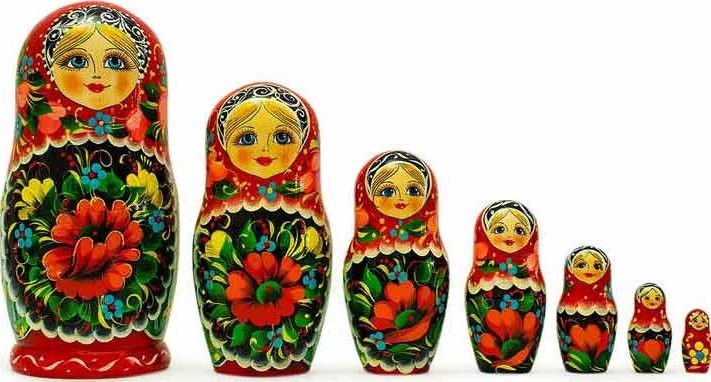One of the biggest reasons for leaders’ failure is one which they would never be able to discern for themselves. Most of the time, nor would many around him! It is because this failure emerges from the core human design and a common response pattern to it.
The pattern is to feel safe, secure and comfortable with people who are like us – people who think like us, people who agree or disagree with the same things as us, people who have common enemies or a common dislike for a particular political/organisational leader. Looked from a different frame, we feel naturally in rapport with people who reflect us – reflect us in behavior and language, in values and belief, and in what their overall intent or motive is.
This fundamental pattern gives rise to the creation of teams full of clones. One of the first films on clones, “Multiplicity” had a funny depiction of the biggest threat of cloning. In a nutshell, the copy of a copy through the machine gets progressively poorer and poorer in quality. When one hires and promotes qualities and approaches which are the same as those of oneself, one is creating a team of clones – Team Replica.

Where is the room for independent thinking, the building of a succession pipeline, or any innovation, reactive or proactive, relative to the competition? And still, everyone wonders at the stagnation and works on elaborate, but fail-prone plans for change.
This issue is relevant for teams of all levels. And the higher up we go, the more critical it becomes. Quite obviously, if the teams at the lowest levels are devoid of diversity, how can anything significant eventually emerge at the higher levels.
I repeat to reinforce its importance,
this tendency to replicate is so fundamentally ingrained in us that it cannot be wished away.
It is non-cognitive in nature. Unless generated intuitively, or through divine intervention, the only other way to embrace it is – Cognitive. Becoming sensitive to it, creating frequent mechanisms to be reminded that it is present, and operating with that awareness – to hire and heed approaches different from our own default.
The most important contribution that a leader makes to its serving organisation is to infuse not just the presence of such a variety of approaches and thinking, but also creating the appreciation of such variances.
Encouraging it to percolate in a waterfall manner, and bringing it up in communications as many times as possible and more…is how it stays alive for oneself and flourishes around.
This is an important cut for the leader. A leader who is himself competent but has a weak Replica cabinet is bound to degenerate and collapse. A leader not so competent with a strong Varianca cabinet succeeds in reigning through an era of peace and prosperity, even face crises effectively.
This naturally leads to an important inquiry – can an old team transform or increase its Team Variance health score. There is very little around which helps to systemically approach this issue of divergent approaches in a way worth senior executives, which prompted us to design “Jung’s8”. Through our multiple discussions with senior leaders, we realised that tools like 6 Thinking Hats serve limited purpose and there is practically zero presence of their usage in team meetings at ANY level.
Like all things worth cultivating, an awareness-in-use for Team Varianca would take some time. But it’s worth the investment in models like “Jung’s8“ and have an internal/external auditor sit through meetings, looking at the proceedings over a period of time to arrive at an infographic report of the group indicating the health of Team Varianca.
Apart from championing variance, what role is left for a leader? especially when the emerging or sufficient diversity of views is present in his team?
Taking a call.
The first part of this role is to allow the divergent approaches to be brought up and considered. After allowing and encouraging this, the most critical need is to take a call in the face of diversity and inspire the ones who had a divergent view to still follow with equal commitment.
If he is unable to play this role well, it takes away the confidence of people in all that has emerged with and the commiunication around it is treated only as rhetoric.
In the early nineties, one of the leading Ad agencies had prominently displayed the big sized Russian Matryoshka dolls at their reception. It was a constant reminder that when one hired someone smaller than oneself, it leads to an organisation of dwarfs. It was a negative reminder to do the reverse, hire someone better than oneself and help become the organisation of giants. Expanding the context we can use the same dolls not just to decorate but go beyond Team Replicas….to Team Varianca!

